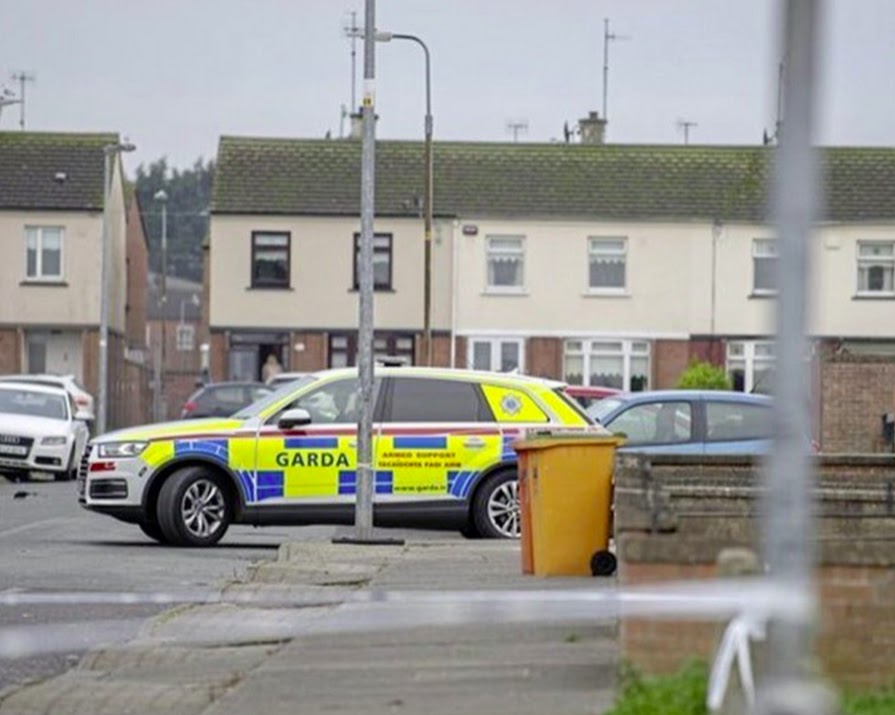
Comment: When gang violence goes viral, sharing the images makes you part of the problem
By IMAGE
17th Jan 2020
17th Jan 2020
The Taoiseach Leo Varadkar will today travel to Drogheda to speak to gardaí after a teenager was murdered and his body dismembered. In a terse statement, Leo Varadkar condemned the murder of 17-year-old Keane Mulready-Woods, describing it as “grotesque and gruesome”
The gruesome images began circulating across messaging service WhatsApp early yesterday morning. Videos of a dismembered body with threatening captions, images purporting to be linked to the murder of the teenager and other videos of gang members wearing balaclavas warning rival gangs not to “mess with them”, all went viral.
And while there has been no confirmation that any of these videos are real, senior gardaí are now concerned that a new era of social media warfare will escalate the violence that is currently going on in Drogheda.
They are asking people not to circulate them for a number of reasons: spreading fear in the community, glorifying murder, giving criminals the audience they crave.
‘It is a medium well-suited to these types of criminals — an interested audience, weak regulation, anonymity, and instant communication’
We know that the teenager (who was involved in some capacity in the Drogheda feud between gangs over drugs), was abducted on Sunday night. His limbs were found in a bag dumped in a housing estate in North Dublin on Monday by a group of children. More body parts were found in a burning car in Drumcondra, also in Dublin.
Terror
But it is inevitable that social media would be the tinder of choice for these gangs to ignite tensions further. It is a medium well-suited to these types of criminals — an interested audience, weak regulation, anonymity, and instant communication.
And thus far, it has worked beautifully for them.
The echo chamber of the web means that tough-talk and bravado are valued. Online taunts and threats can also create a pressure to retaliate to insults with real-life consequences, which seems to have happened here.
The added concern is that such gang culture can be accessed more easily and emulated by those who know no better or who have lost their way. It creates the illusion of a group that they can get involved with — a kind of tough-family flame to misguided moths.
Mule
And then there is the sheer terror being spread by the actions of those who choose to circulate these pictures, real or not. What might feel like a morbid version of rubbernecking as you pass a traffic accident is, in actual fact, an act that could even make you part of the problem.
‘We have to ask ourselves why anyone would even want to see such things — such acts of barbarity on a fellow human. And then distribute them on’
By sharing the images and videos that criminals put out there, you are working on their behalf. You are allowing yourself to be the mule to pass on their message: fear, terror, violence so depraved that it will see a child decapitated. This is a lot more than just a bit of gruesome content to shock your WhatsApp groups.
Technology will continue to play a part in acts of terror — it is an ideal medium to allow such criminality to spread. But perhaps it will also be part of the solution — making it easier for authorities to monitor.
Either way, we have to ask ourselves why anyone would even want to see such things — such acts of barbarity on a fellow human, and then to distribute them onwards. Morbid fascination? Shock value? A lack of respect?
We have a responsibility to think twice before sharing anything online, but especially this. The consequences are far-reaching.
They even teach that in primary school.
Feature image via RTE























